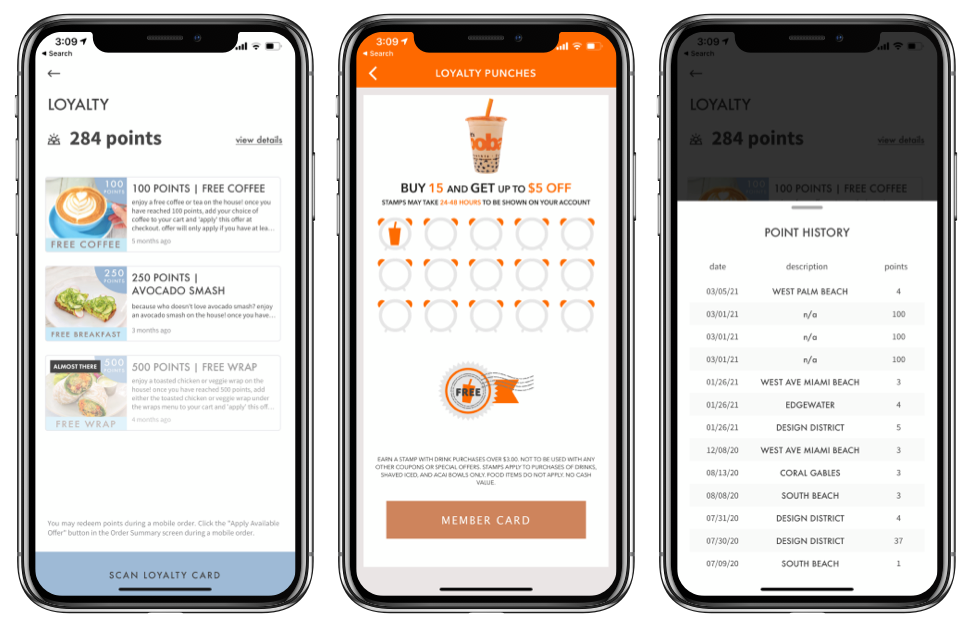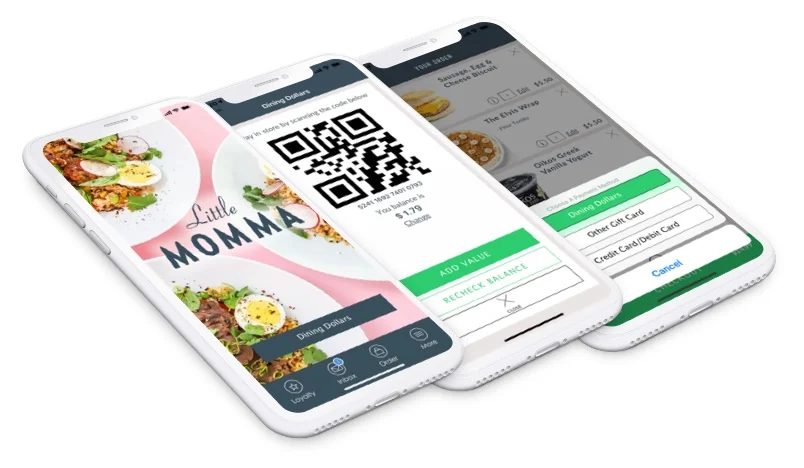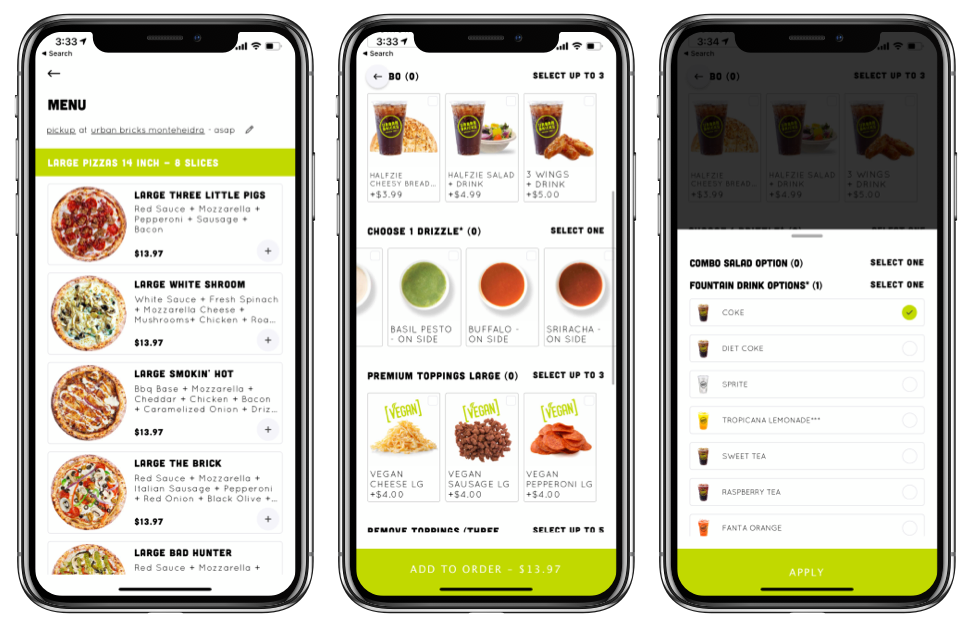
11.1.2021
Rajat Bhakhri and Sash Dias are the cofounders of Incentivio, an all-in-one digital platform that helps restaurants acquire new customers, drive visits and spending and increase loyalty and engagement. They previously worked with multiple startups that were acquired by Fortune 500 companies, including PayPal and Oracle. “We started with the vision of helping brands maximize their customer lifetime value using the power of data” said Rajat. “We launched in 2017 and quickly identified a large untapped opportunity in the restaurant vertical, and decided to double down with a complete digital guest experience tech stack built for the restaurant industry.” Four years later, the company’s Digital Guest Experience platform includes branded mobile apps, online ordering, flexible loyalty, gift cards, marketing, CRM and analytics coupled with next-generation AI and Machine Learning features.
In your view, what impact has the pandemic had on the restaurant landscape in terms of technology adoption?
Sash: Restaurants that didn’t already offer digital ordering were forced to adapt and go digital in a matter of weeks. Pre-pandemic, a lot of our customers were doing about 15 to 25 percent of their business through digital channels (including delivery marketplaces). This has increased to 30 to 50 percent over the last 18 months. A larger mix of third party delivery has also increased margin pressure on restaurants, and driving more first party commerce is the key to sustained growth. Some of our customers drive 25 to 30 percent of their total revenue through their own mobile app.
How can restaurants leverage digital tools to their advantage going forward?
Rajat: One side benefit of the adoption of digital tools is that it has helped alleviate the issues caused by the historically tight restaurant labor market. But as they look to the future, restaurants should look at digital tools not as a cost, but as a driver of revenue. The largest restaurant brands use data to drive their decision making and optimize revenue and margins. However, there is a significant divide between these brands and smaller restaurant groups that have less than a few hundred locations. The smaller brands need to be especially efficient with their tech investments today, and the key is in selecting a technology stack that reduces cost and complexity, while at the same time allowing use of the data to grow top and bottom line.
digital tools not as a cost, but as a driver of revenue. The largest restaurant brands use data to drive their decision making and optimize revenue and margins. However, there is a significant divide between these brands and smaller restaurant groups that have less than a few hundred locations. The smaller brands need to be especially efficient with their tech investments today, and the key is in selecting a technology stack that reduces cost and complexity, while at the same time allowing use of the data to grow top and bottom line.
Sash: The days of selecting multiple platforms for each part of the tech stack and then trying to make them all work together are behind us. A good point of sale system and an enterprise- grade all-in-one system for the front of house will form a good foundation for the future. Access to data, and the ability to take action on that data with minimal manual work should be a key driver. For example, how many downloads did a marketing campaign drive, and how many purchases? How did it change purchasing behavior and lifetime value of a guest? Another key area to think about is conversion. Commissions paid to third party marketplaces are effectively an investment in acquiring new customers. If you don’t have a way of converting these customers and tracking the efficiency of conversion, you’re wasting an opportunity.
How can small to mid-sized restaurants convert guests to a first-party platform without major brand recognition?
Rajat: Consumers actually prefer to order directly from restaurants. According to a study by the National Restaurant Association, sixty-four percent of delivery customers prefer to order directly from restaurants, while 18 percent prefer to order through a third-party service. The key for restaurants is to provide a consistent, branded experience across online ordering and native mobile apps. When someone is searching for something to eat, third-party delivery platforms can be a powerful marketing tool for restaurants. However, when a guest is looking to order from a specific restaurant, offering first party ordering options with built in marketing tools and loyalty programs allow guests to order directly from the restaurant and get rewarded for doing so.
consistent, branded experience across online ordering and native mobile apps. When someone is searching for something to eat, third-party delivery platforms can be a powerful marketing tool for restaurants. However, when a guest is looking to order from a specific restaurant, offering first party ordering options with built in marketing tools and loyalty programs allow guests to order directly from the restaurant and get rewarded for doing so.
Sash: Offering both a mobile app as well as online ordering allows restaurant guests to order directly from restaurants based on their preferred ordering method and helps keep guests engaged with the brand. Based on an internal study of over 4.5 million orders, we found nearly 60 percent of first party orders came via mobile app as opposed to web and guests order 30 to 40 percent more frequently each month via mobile vs. online ordering pages. Having integrated loyalty programs and marketing to encourage and reward first-party orders and engagement is also key as 19 percent of first party mobile orders and 7 percent of online orders applied an offer or redeemed a reward at checkout.
How in your view can restaurant technology further help restaurants capitalize on digital ordering and guest engagement?
Rajat: The first wave of the restaurant industry consisted of digital ordering tools connected to legacy point of sale systems, and allowed large and mid size brands to take their first steps into digital. The second wave – cloud POS – was more transformative and allowed more brands to go digital and access their data. But the future of the industry and what will be the third wave is the autonomous digital guest experience. Think of your commerce, engagement and guest data working for you to drive revenue and increase margins through your mobile app, online ordering, loyalty and marketing programs. All without human intervention. We’re excited about the direction of the industry and the company. We’ve seen great results from leveraging AI and Machine learning for our upsell engine and will be launching predictive churn management in the next couple of months. We’re rapidly moving towards realizing our original vision of using the data to help restaurants drive sustained long-term growth.
point of sale systems, and allowed large and mid size brands to take their first steps into digital. The second wave – cloud POS – was more transformative and allowed more brands to go digital and access their data. But the future of the industry and what will be the third wave is the autonomous digital guest experience. Think of your commerce, engagement and guest data working for you to drive revenue and increase margins through your mobile app, online ordering, loyalty and marketing programs. All without human intervention. We’re excited about the direction of the industry and the company. We’ve seen great results from leveraging AI and Machine learning for our upsell engine and will be launching predictive churn management in the next couple of months. We’re rapidly moving towards realizing our original vision of using the data to help restaurants drive sustained long-term growth.

